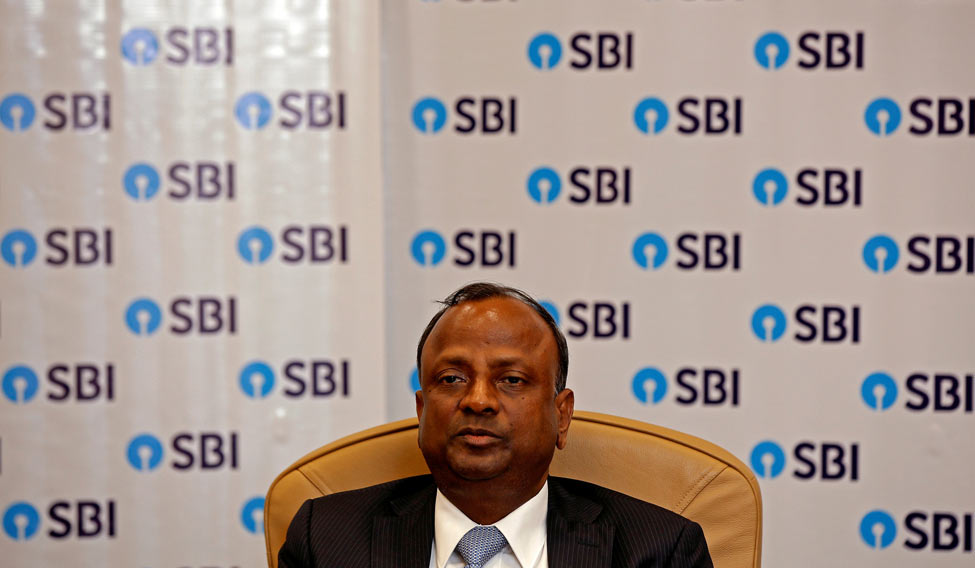Tackling bad debts is the priority for State Bank of India, its newly appointed chairman said on Thursday, but India’s largest bank will not shy away from opportunities to grow, including in infrastructure lending.
India’s state-run banks have been battered by bad loans, and SBI, which accounts for more than a fifth of India’s banking assets, saw stressed assets rise after it absorbed five subsidiary banks this year.
Rajnish Kumar said SBI had tackled issues that came as a result of that deal and asset quality numbers would “look much better than in the past”.
“We are already in discussions on how we revive credit growth, how we resolve the (non-performing assets). That discussion, we will try to bring it to a conclusion very quickly. And you will see some changes,” he said at a press conference at SBI’s Mumbai headquarters.
The bank, which has more than 400 million customers, is considering having separate senior executives to deal with stressed assets and lending, to avoid having too many top managers focused on bad debts.
Despite the focus on troubled assets, SBI would continue to chase growth, Kumar said, describing infrastructure lending opportunities as “unlimited”. “There is definitely a change in the underwriting standards... We will be much more cautious,” he said.
“Sometimes people equate it with risk aversion—but let me tell you it is not risk aversion. We are still looking for opportunities in financing good infrastructure projects”.
Kumar takes over on October 7 from Arundhati Bhattacharya, who implemented major reforms during her four years at the helm and became one of India’s most high-profile executives.





